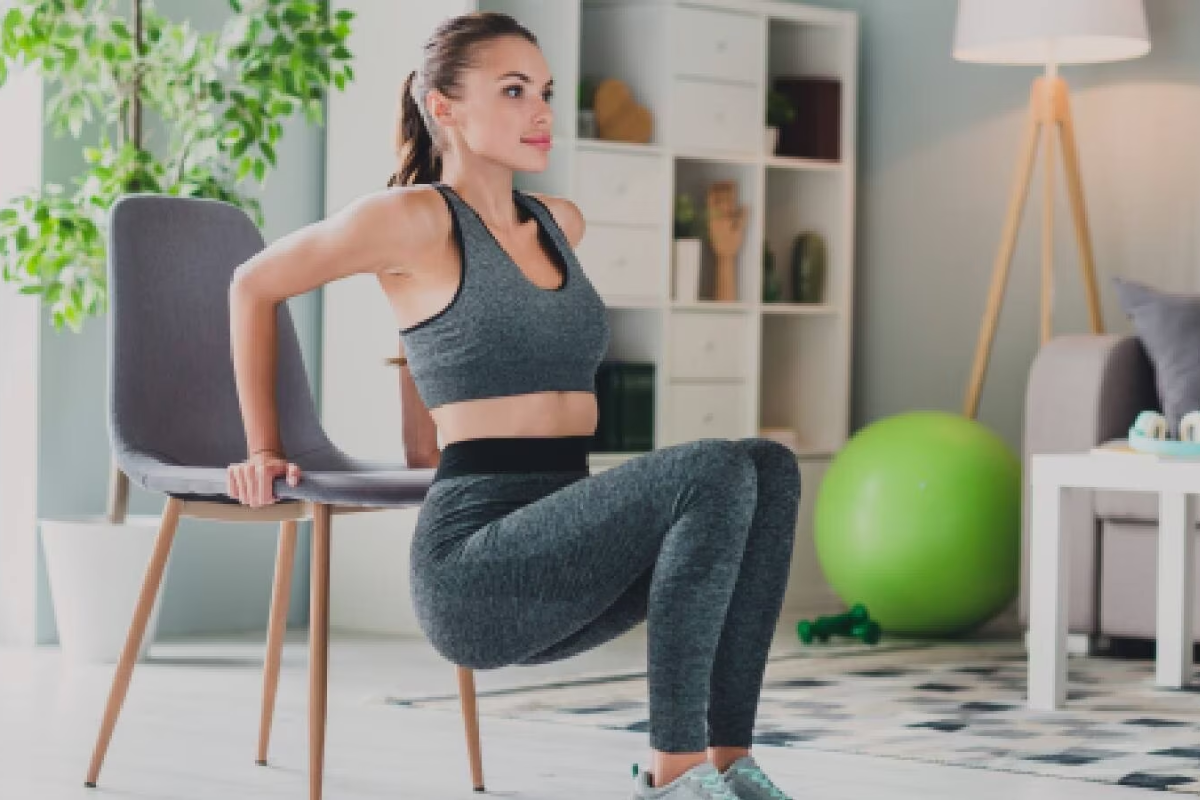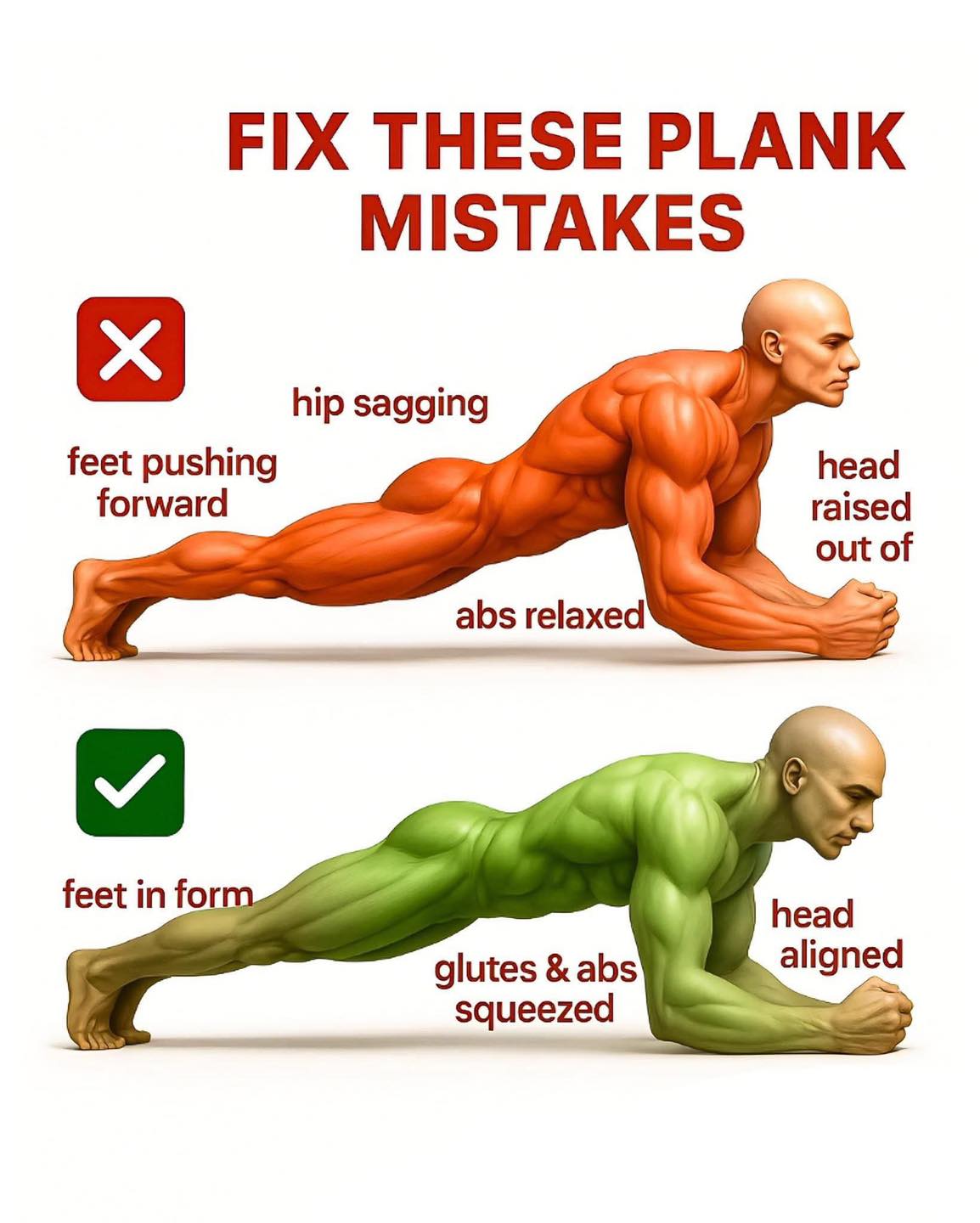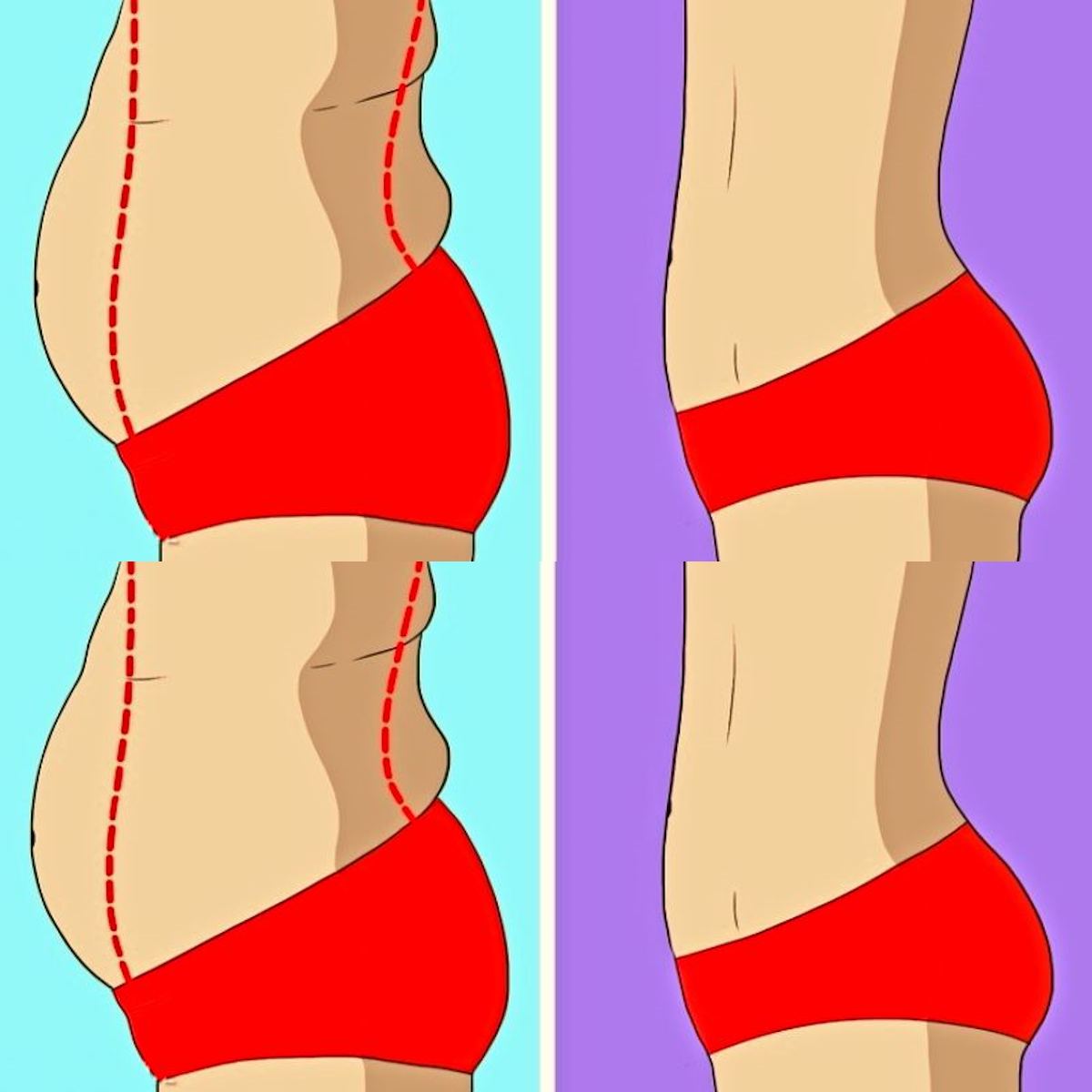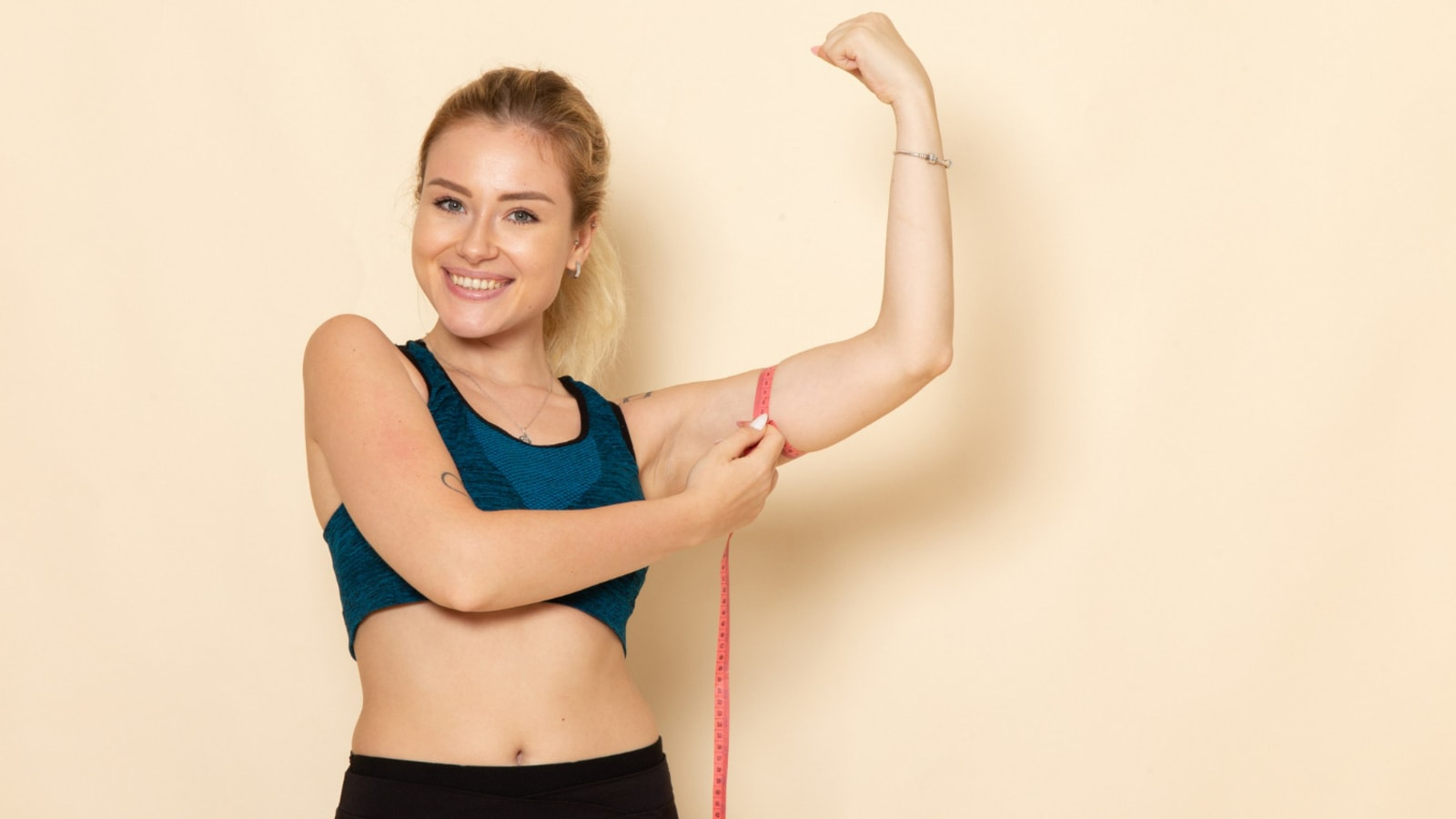
Revolved Bird of Paradise (Parivrtta Svarga Dvijasana) is an advanced yoga asana, demanding a profound integration of strength, balance, and flexibility. This article will detail the multifaceted objectives and biomechanical benefits of this complex posture, alongside a step-by-step guide to safely and effectively approach its mastery.

Objectives and Biomechanical Benefits of Revolved Bird of Paradise
As a composite posture incorporating twists, balancing, and hip opening, Revolved Bird of Paradise delivers a holistic impact on both the physical and mental faculties:
- Enhanced Core Musculature Strength: This is a pivotal component. The abdominal wall and lumbar musculature are intensely engaged to maintain stability and equilibrium during the leg elevation.
- Improved Proprioception and Balance: The posture necessitates acute proprioceptive awareness and refined body control to stabilize on one leg, thereby cultivating both static and dynamic balance capabilities.
- Profound Hamstring Lengthening: It offers a significant stretch and increased flexibility across the posterior chain of the elevated thigh, particularly as the leg extends.
- Deep Hip External Rotation and Abduction: The pose deeply mobilizes the hip joint, promoting an increased range of motion and releasing tension within the pelvic girdle.
- Augmented Spinal Articulation: The “revolved” element of the posture enhances spinal flexibility, improving the thoracic and lumbar spine’s range of motion.
- Stimulation of Abdominal Organs: The twisting action provides a gentle compression and decompression of the visceral organs, potentially aiding in digestive and detoxification processes.
- Cultivation of Sustained Focus and Mental Equanimity: Sustaining this complex posture demands unwavering mental concentration, fostering inner calm and present-moment awareness.
- Strengthened Lower Limb Musculature: Specifically the standing leg, which bears the entire body weight, leading to significant reinforcement of the quadriceps and calf muscles.
Detailed Step-by-Step Execution Guide for Revolved Bird of Paradise
Preparation: It is crucial to thoroughly warm up with twisting, hip-opening, and hamstring-lengthening exercises prior to attempting this advanced asana.
Step 1: Twist Low Lunge (Parivrtta Anjaneyasana Variant)

- Begin in a Low Lunge position with the right foot forward, right knee bent at a 90-degree angle, and the left leg extended straight back.
- Place your left hand on the mat to the inside of your right foot.
- Inhale, extend your right arm towards the ceiling, simultaneously twisting your torso to the right, opening your chest. Gaze towards your right hand.
Step 2: Prayer Hands (Anjali Mudra Twist)

- Maintain the twisted Low Lunge.
- Slowly bring your right hand forward, joining both palms in Anjali Mudra (prayer hands) at your chest, with your left elbow bracing against the outside of your right knee.
- Press your palms together to deepen the spinal rotation.
Step 3: Hand Outside Front Leg (Extended Twist Variation)

- From the prayer hands position, place your left hand on the mat to the outside of your right foot (or on a yoga block if needed for elevation).
- Your right arm can continue to extend towards the ceiling, or rest on your right hip for stability.
- Strive to keep your hips level and your torso aligned with your hips.
Step 4: Stretch Top Arm Overhead (Lateral Extension)
- Maintain the left hand’s position outside the right foot.
- Slowly extend your right arm overhead, reaching forward, creating a long line from your left heel to your right fingertips.
- Feel the lengthening along your right side body and across the entire kinetic chain.
Step 5: Binding Behind the Back (Ardha Baddha Parivrtta Konasana Variant)

- This is the critical “foundation” for the full posture.
- Carefully thread your left arm (the arm outside the right leg) underneath your right thigh, and your right arm (which was extended overhead) behind your back.
- Attempt to clasp your hands firmly behind your back, underneath the right thigh. If a full bind is not accessible, utilize a yoga strap for assistance.
- Keep your chest open and shoulders rolled back, avoiding thoracic rounding.
Step 6: Back Leg Step Forward (Transition to Bound Stance)
- Once a secure bind is established, slowly bring your left (back) foot forward, placing it alongside your right foot.
- Ensure both feet are parallel and hip-width apart.
- Maintain the spinal twist and the arm bind throughout this transition.
Step 7: Shift Body Weight to Standing Leg & Lift Front Leg (Pre-Ascension)
- Carefully transfer your entire body weight onto your left (now standing) leg.
- Actively engage the quadriceps and core musculature of the standing leg.
- Slowly lift your right (bound) leg off the floor, maintaining the knee bend and the arm bind. This step is a crucial test of balance and core engagement.
Step 8: Gaze Back if Feasible (Cervical Twist and Balance Challenge)
- Once stable on one leg with the other lifted (still in the bind), gently turn your head to gaze backward (over your right shoulder).
- This rotation will further challenge your vestibular system and cervical spine stability. Only attempt if you feel completely secure and balanced.

Step 9: Extend Elevated Leg (Peak Pose)
- This is the pinnacle of the asana.
- Gradually extend your right leg upwards, aiming to straighten the knee and point the heel towards the ceiling, while maintaining the arm bind and balance.
- Hold the posture with steady, diaphragmatic breathing. Feel the deep hamstring stretch and the strength of your standing leg.
- To exit the pose, slowly bend the elevated knee, lower the foot to the mat, then carefully release the bind and return to a standing position. Repeat on the opposite side.
Revolved Bird of Paradise is an asana demanding patience, consistent practice, and a profound understanding of one’s own somatic landscape. By approaching it incrementally, with conscious breathwork and attentive listening to the body’s feedback, you will not only master a visually captivating posture but also expand your personal boundaries, fortifying both physical prowess and mental resilience. Always remember, yoga is an ongoing journey of self-discovery, and true progress stems from dedicated effort and heightened self-awareness.





